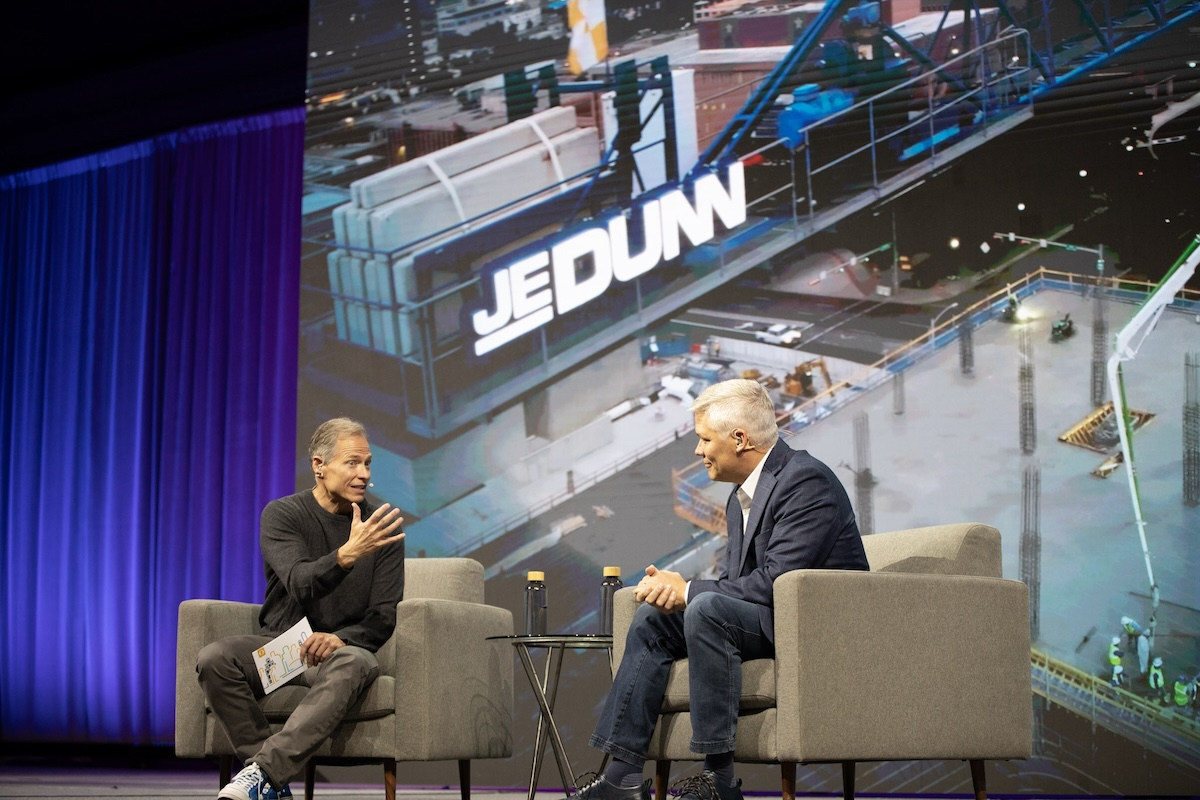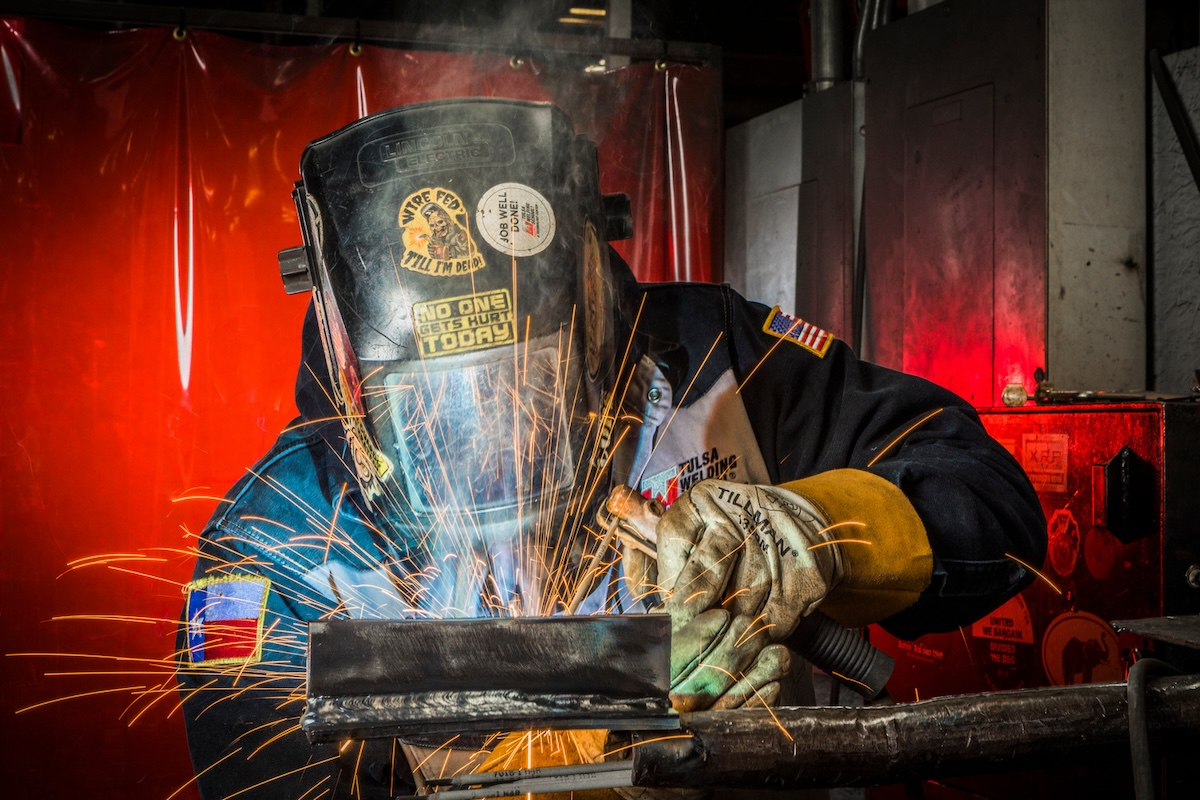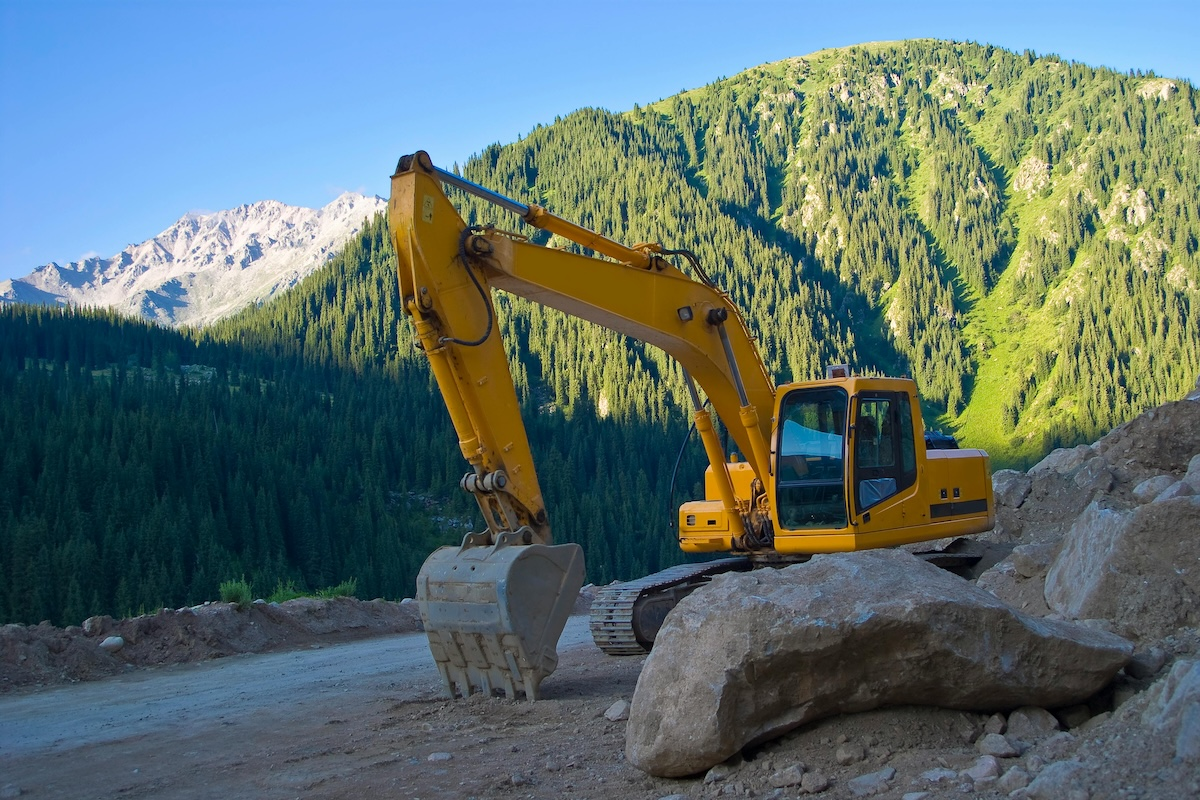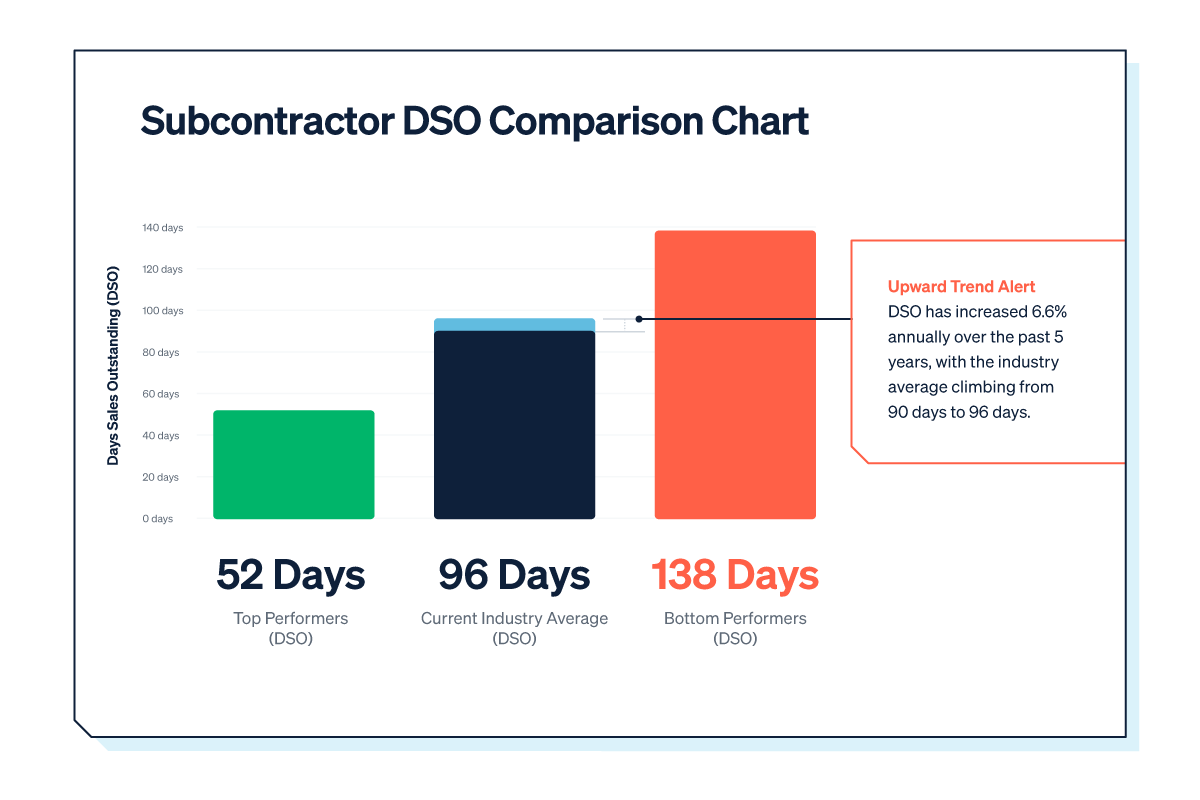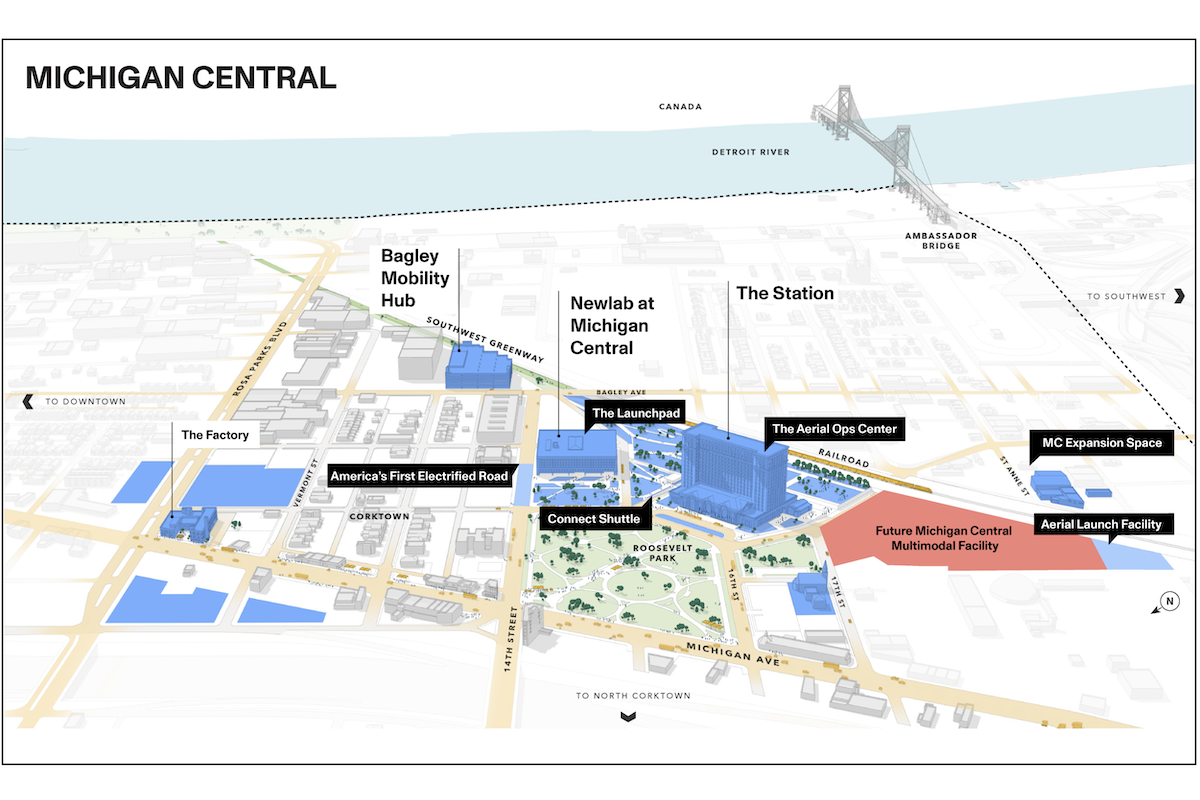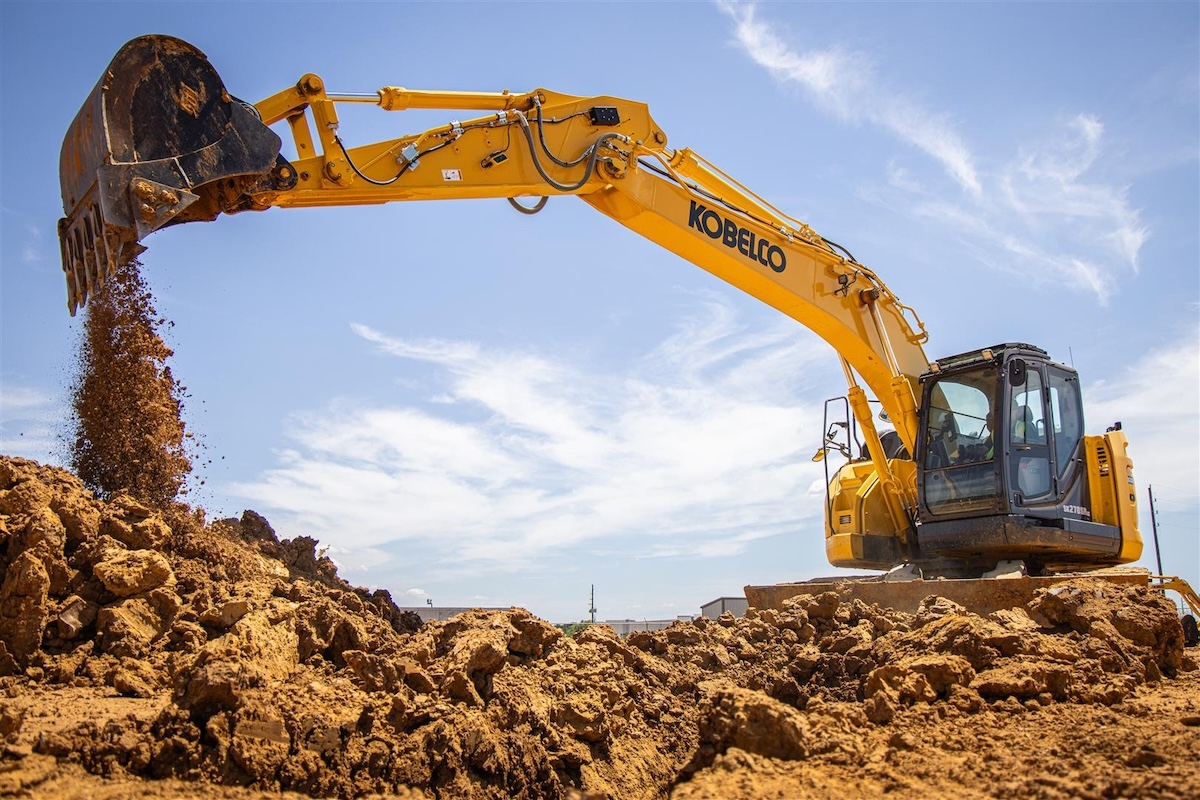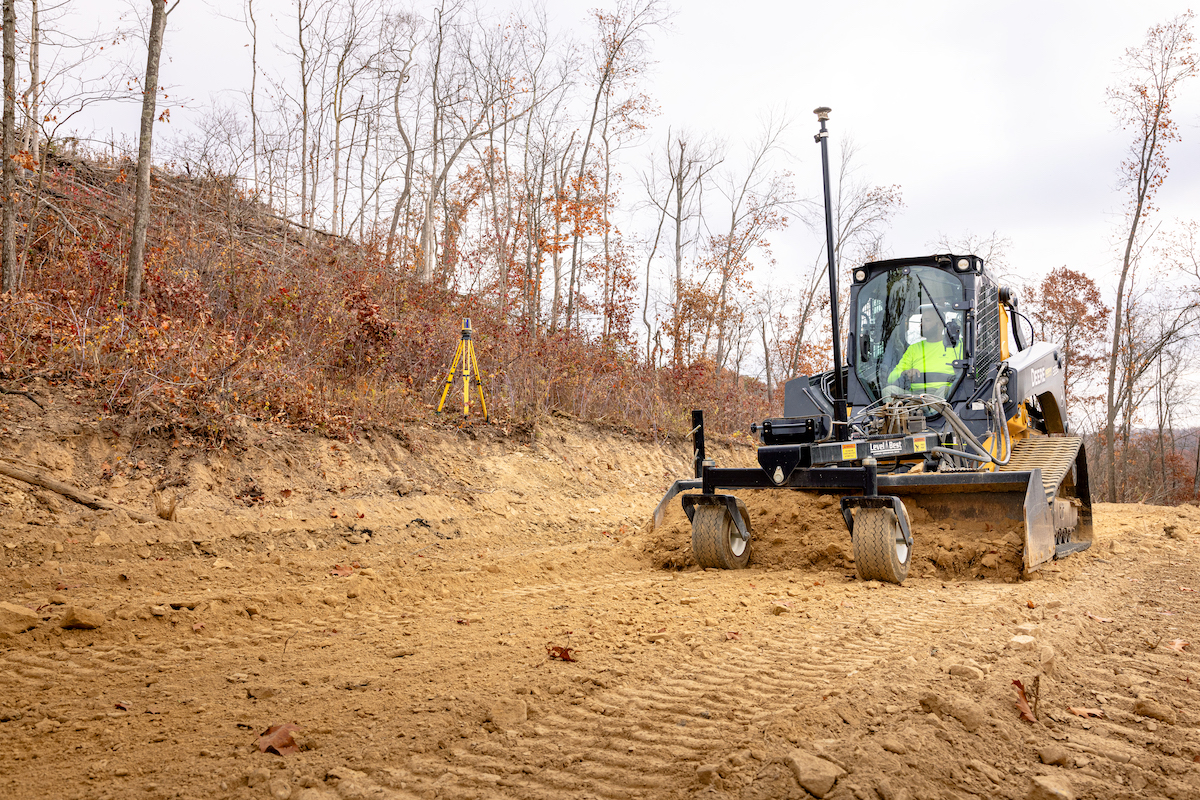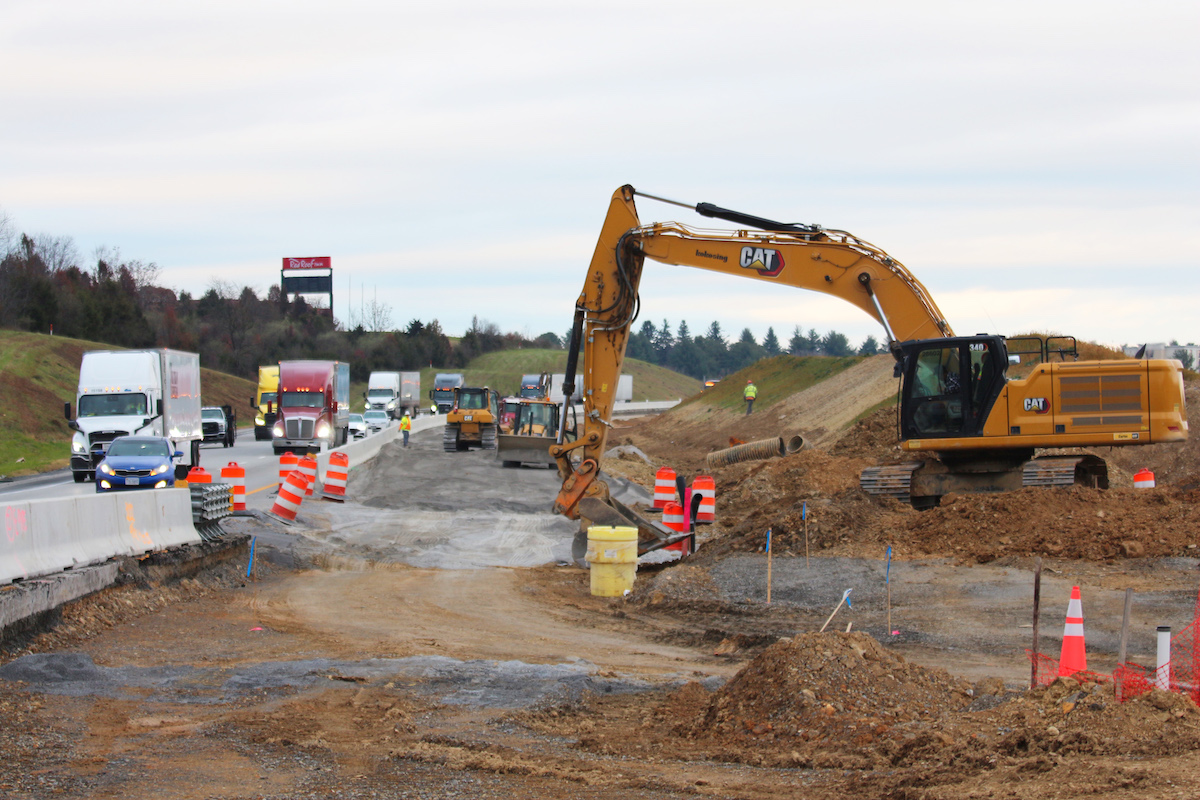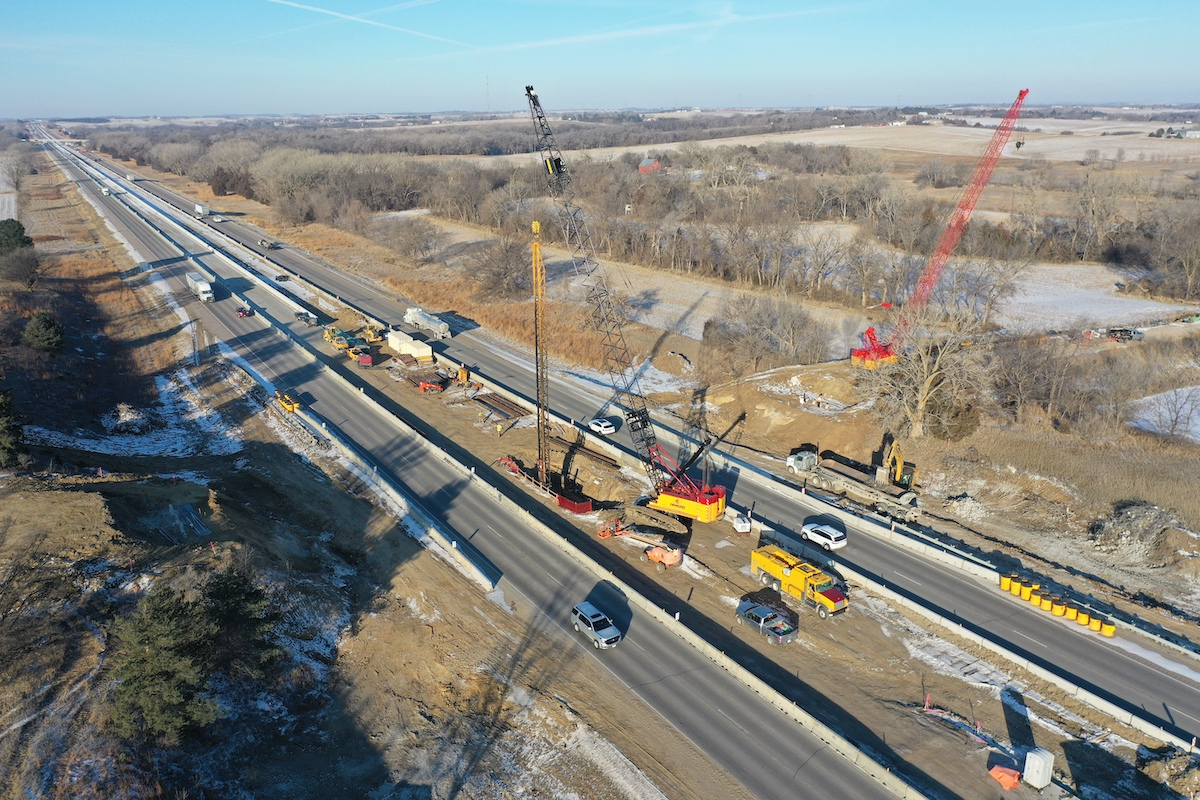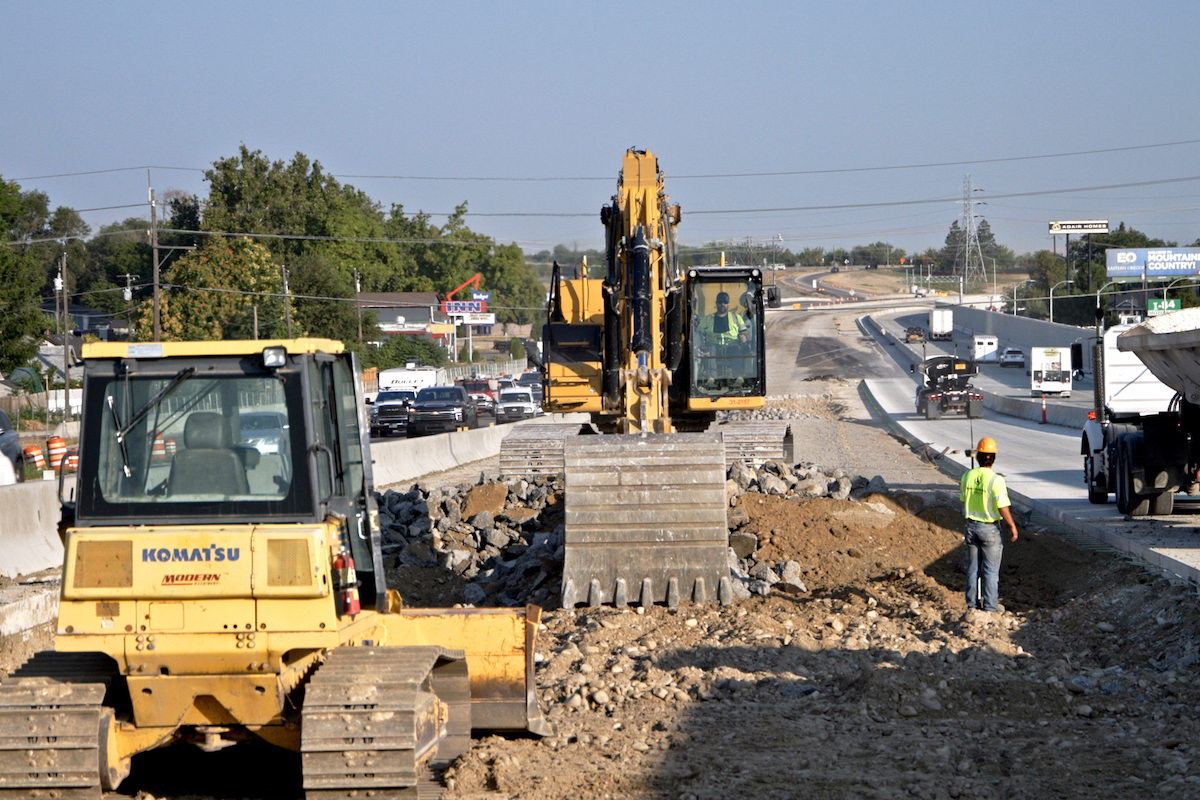At this year’s show January 9 through 12 in Las Vegas, 12 official venues, more than 2 million net square feet of exhibit space, and over 4,000 exhibitors made it impossible to see everything on display.
CES 2024 was dominated by artificial intelligence (AI) and how it can augment almost all aspects of our lives, including work, home, health, and play. AI is automating repetitive tasks, providing data analysis and insights, performing customer support duties, and delivering predictive analytics, as well as many other tasks on the job. At home, your refrigerator can tell you what is inside and whether it is still safe to eat, your mirror can monitor your health, and your smart home devices are getting more intelligent and more helpful. During your downtime, AI-assisted binoculars help bird watchers identify what species they are seeing, chefs can call on AI to help design meal plans around dietary preferences, and the gaming industry continues to create more realistic content with the help of AI.
For the last few years, leading manufacturers of construction equipment have also considered CES the perfect platform to show off their cutting-edge technology. This year’s OEM participants included HD Hyundai and DEVELON, Caterpillar, John Deere, and Doosan Bobcat.
“The construction industry has laid the foundation for human civilization, and yet it remains one of the slowest today when it comes to technology and innovation,” he said. “Without changing the way we build, we cannot change our future.”

| Your local Deere & Co dealer |
|---|
| AIS Construction Equipment |
To that end, Chung presented “Xite Transformation” as an expanded concept for construction job sites. It incorporates the company’s goal to bring innovation in building smart construction sites with autonomous, digital twin, eco-friendly, electrification, and more future construction equipment technologies while increasing worker safety, enhancing productivity, and creating net-zero job sites.
At HD Hyundai’s AI R&D Center they are developing X-Wise, a proprietary AI platform that will be used as a base technology. This technology will power Xite (pronounced “site”), an intelligent site management solution developed for optimal production of infrastructure by connecting all construction equipment applied with X-Wise in real time. Chung sees this as an evolution of HD Hyundai’s business from a hardware-based equipment manufacturer to a software-driven solution provider.
Blueprint for the Future
Winta Bereket, DEVELON Marketing Manager, expanded on HD Hyundai’s initiatives for the future including:
- Smart Advanced Around View Monitoring (AAVM), powered by AI, that analyzes, detects objects, identifies risks, and can slow down or halt operations to prevent collisions.
- Teleoperation to keep operators away from high-risk areas and improve productivity. Operators can work from state-of-the-art smart workstations with an immersive operational environment and enhanced reality features from smart guidance. They envision operators being able to control multiple pieces of equipment anywhere in the world from a single workstation.
- Bereket demonstrated how operators using a digital twin of their work site could navigate even in low-connectivity situations.
- Machine guidance will get a boost from X-Wise by increasing the number of operations that can be done autonomously, such as 3-D grading with a tilt-rotator attachment. It consistently refines the AI algorithm to provide optimal speed, power, and angle which Bereket estimated could improve productivity by as much as 60 percent.
President and CTO of HD Hyundai XiteSolution, Dong-wook Lee, shared the blueprint of how the company plans to realize a fully autonomous site solution by 2030, combining intelligent construction equipment and X-Wise Xite. HD Hyundai will introduce the technological capability to create an environmentally friendly, net-zero ecosystem by 2050. Lee said the company plans to bring to market a full line of electric mini excavators by 2026, a hybrid wheel excavator in 2025, and will push on with the electrification of middle and large equipment. To support these machines on remote sites, they are developing foldable solar towers, mobile charging stations, and smart charging applications.
Recognizing that larger machines aren’t good candidates for electric battery power, HD Hyundai is working hard to expand clean hydrogen power across a wide range of equipment. These plans encompass the production of hydrogen, safe storage, transport, and efficient distribution.
Bobcat showcased the second iteration of its cabless, all-electric, and autonomous concept loader, the RogueX2. Designed with wheels instead of tracks to optimize battery run time, the RogueX2 also features axial flux motors that give the machine incredible pushing power. John Honeyman, Vice President of Global Innovation for Doosan Bobcat, says you shouldn’t expect to see the RogueX2 machine on a work site anytime soon, but as a concept machine it gives them the opportunity to try out new things.
“What we do really well is make things believable,” explained Honeyman. “We quickly build up many concepts; it takes us 30 to 60 days to do it. And then we take them out to customers, and we see whether we’re going in the right direction.”
Practical features that resonate with customers may end up on machines the following year.
Doosan Bobcat’s all-electric S7X skid-steer loader was named a CES Innovation Award Honoree for its eco-design and smart energy. The S7X eliminates all hydraulics, instead using electric drive motors and ball screw actuators. Honeyman expects the S7X to be available in 2025.
“It's good timing for us, because we took two of our first battery electric machines in construction, the 301.9 [electric skid-steer] and our 906 compact wheel loader,” said John Thomas, Product Application Specialist. “Both of those machines are going to be starting delivery to dealers this year.”
In addition, the XES60 is Caterpillar’s “battery in a box” solution for contractors working on a job site that doesn’t have power. According to Caterpillar’s data, most machines average only four to six hours of work time per day. The XES60 holds 60 kilowatts of energy, enough to charge the electric skid-steer two times over.
“If I were a landscaper and I had a three-day job, I charge that [XES60] fully, I take it to the job site, and I'd have three days of operation without having to take the machine off site to recharge,” explained Thomas.
“We get all of our feedback from the equipment, whether it's alerts for maintenance or runtime, we can see our fuel usage, and then get the GPS location so that it's easier for mechanics to diagnose and troubleshoot an issue before going out to the job site,” stated Don. “They can make one trip out there and resolve the problem in one stop.”
As fourth-generation namesakes in the business, Jon and Don are helping other members of the operation understand the data and use it to help bid jobs more profitably.
“We can see on this type of highway job or municipal job or Amazon distribution center, we're typically going all out on utilization and burn this much fuel, and this is how we should be bidding for future jobs,” Jon explained. “The data is the data.”










